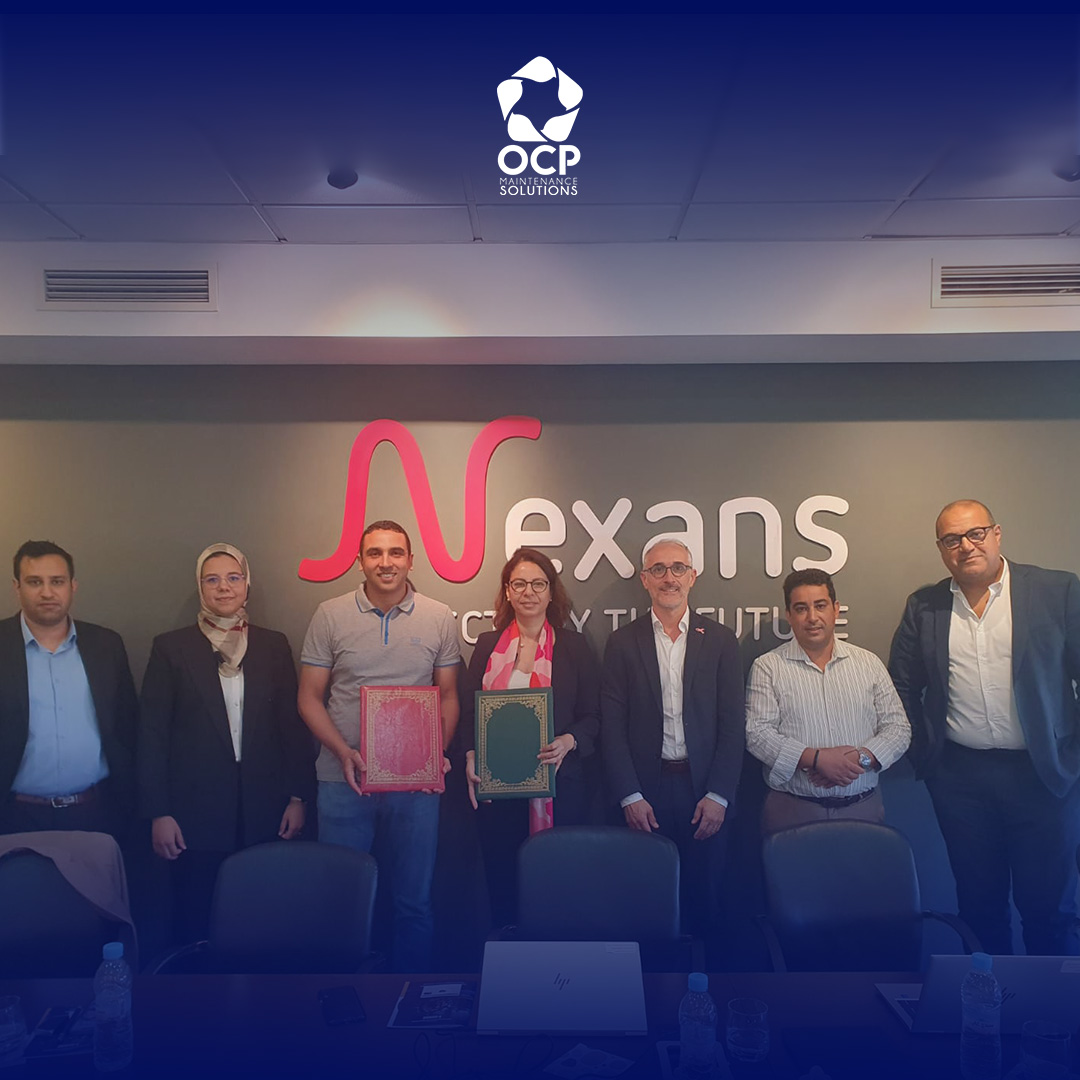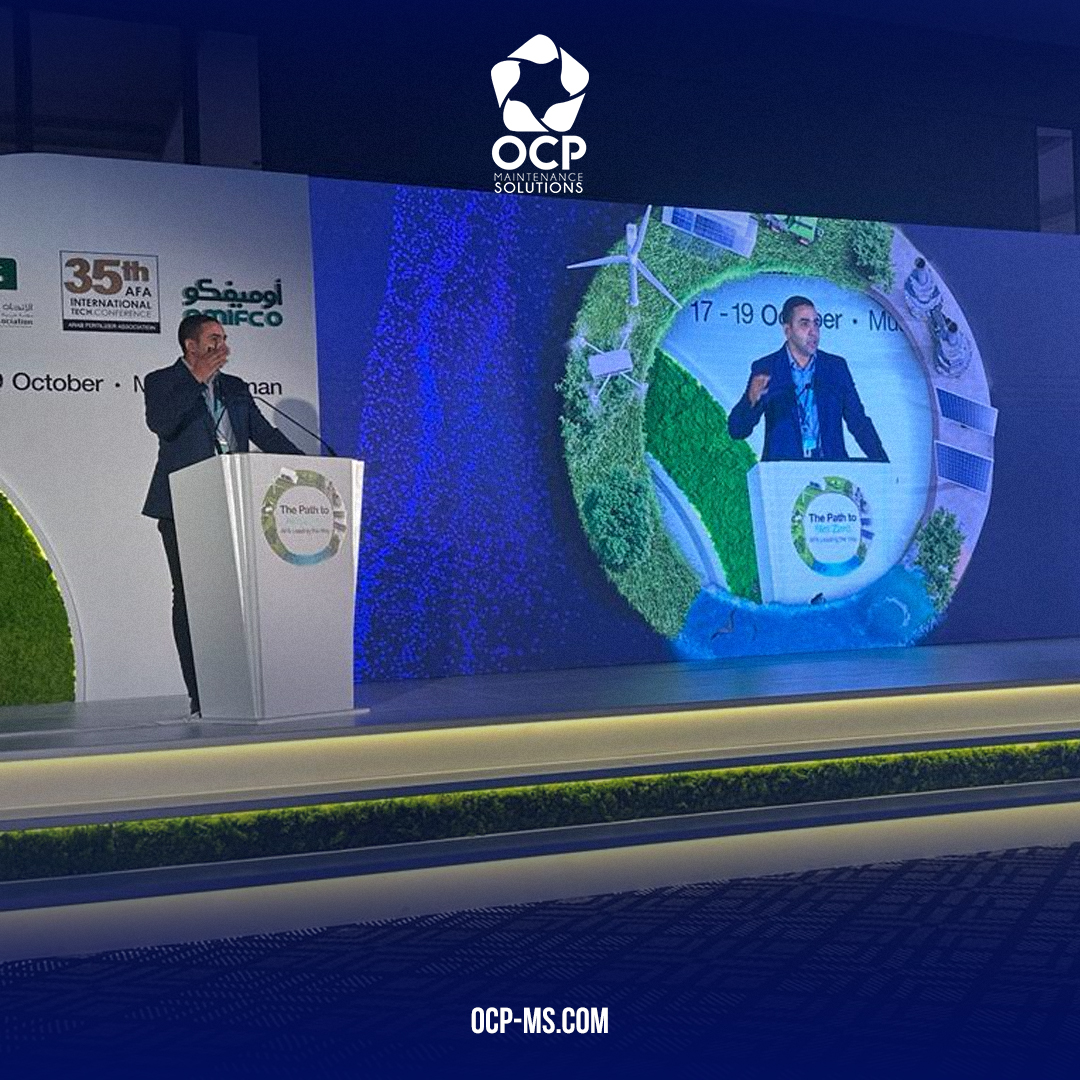Description
Gain a comprehensive understanding of how predictive maintenance works in our insightful blog. Explore the underlying principles and technologies that enable predictive maintenance to anticipate equipment failures and optimize maintenance strategies. Discover the data-driven approach, machine learning algorithms, and condition monitoring techniques that empower organizations to move from reactive to proactive maintenance. Learn about the benefits, challenges, and real-world applications of predictive maintenance, and stay ahead of the curve in maximizing asset performance, reducing downtime, and improving operational efficiency.
– What is PdM
Predictive maintenance is a process that uses data analysis tools and methods to detect anomalies, such as vibration irregularities in industrial machinery, before they show signs of failure.
This, in turn, allows your maintenance department to schedule corrective maintenance actions to fix them before they fail.
Predictive maintenance allows the maintenance regularity to be minimal since you already know in advance when you should intervene—reducing the costs incurred by doing too much preventive maintenance.
– History of Predictive Maintenance
The first use of predictive maintenance goes back to the 21st century when organizations started using a systematic approach to monitor assets.
A study from 2001 states, “The vibration measurements are taken periodically—one time per month in general—and the vibration is monitored by comparing previous measurements to new ones.”
Today, thanks to the advancement of technology, maintenance operators can continuously monitor their assets’ condition by using IoT sensors connected to maintenance software that centralizes and analyze all the data collected. Once processed through algorithms, the software can trigger inspection alerts and provide recommendations on the best way to maintain the asset.
We can attribute the creation of condition-based monitoring and predictive maintenance software to CH Waddington, a British biologist who led a team of technicians to organize the maintenance of the Royal Air Force Coastal Command Squadron during world war 2.
During these days, he observed that the failure rate was ironically higher after a maintenance inspection creating even more unplanned failures and reducing the department’s efficiency.
After that, the first condition-based monitoring became known as the “Waddington Effect.”
Under his supervision, the maintenance department built inspection cycles based on collected and analyzed data representing the beginning of a new era.
And the outcomes were fantastic! Waddington outperformed the best average of any other squadron by more than 79% despite having no prior maintenance experience.
– Types of Predictive Maintenance
– Vibration analysis
Vibration analysis is the standard method for preventive maintenance in plants with highly rotating machinery. Since it was one of the first techniques to be used, the technology has been widely developed, and the cost of operating it is pretty affordable.
Vibration analysis can identify anomalies such as misalignment, bearing/shaft wear, and imbalance, in addition to detecting looseness.
- Ultrasonic acoustic analysis
As mentioned in its name, ultrasonic acoustic analysis uses the sounds emitted by electrical and mechanical machines in stressful situations.
This kind of study, as opposed to vibration or oil analysis, more accurately anticipates impending problems.
- Infrared analysis
Infrared analysis is used when the temperature is the key performance indicator making it suitable for an extensive range of assets. It detects anomalies associated with airflow, cooling, and motor stress. Infrared analysis is considered one of the most cost-effective tools for predictive maintenance.
– How Does Predictive Maintenance Work?
Predictive maintenance uses monitoring techniques such as vibration analysis, thermography, ultrasound, oil analysis, and electrical current signature analysis… to detect faults in an industrial machine early. The objective is to avoid stoppages due to machine breakdowns and to program maintenance actions before the machine breaks down.
The implementation of a predictive maintenance program requires the deployment of a hardware infrastructure: sensors, an acquisition system, and a software platform for monitoring the health of the machines and the diagnosis of the origin of the defects, and the prognosis of the remaining life. OCP-MS has developed the I-sense system to support its customers in implementing PdM programs.
I-sense is a cloud-based platform that collects and stores health signals and indicators, diagnoses defects, and monitors machine degradation curves. I-sense is used with an online acquisition system called ViboX permanently installed on a machine and an offline acquisition system called MobiVib used during inspection rounds.
– How to Implement Predictive Maintenance
- Establish baselines
The maintenance team specifies acceptable condition limits for assets that will have sensors.
- Install IoT devices
The asset is then fitted with the appropriate sensor. For instance, a piezoelectrical sensor is attached to a boiler, while a vibration meter is mounted to a mechanical asset with gears.
- Connect devices to software
A CMMS like I-sense, where data is gathered and evaluated, is connected to the IoT device.
- Schedule maintenance
When the condition limit is exceeded or the person watching the dashboard manually schedules the inspection, a CMMS will automatically start an inspection.
– Predictive Maintenance Example
- Give an example of a pump or motor we are maintaining at OCP, how we proceed with the maintenance, how we collect data, how we intervene if there is a problem…
– Predictive vs. preventive maintenance
- The difference between predictive and preventive maintenance
The fundamental differences between preventive vs. predictive maintenance are:
- Preventive maintenance: it happens periodically based on a scheduled cycle, whether it is needed or not, while ensuring it stays in compliance with standards and regulations
- Predictive maintenance: It is based on the continuous monitoring and collection of data from assets run through an algorithm to identify anomalies early before they interrupt the production line. Thanks to sensors and advanced technology, if a shutdown is necessary, repair operations can be highly targeted and much shorter.
Even though the planned downtime associated with preventive maintenance may be inconvenient and reduce overall capacity and availability, it is far preferable to the unplanned downtime related to reactive maintenance, where costs and duration may only be known once the issue is identified and fixed.
- Pros and cons of each one
Preventive maintenance
Benefits:
- Proactive
- Limits unexpected downtime
- Increases equipment lifespan
- Is efficient, particularly with experienced personnel
Challenges:
- It happens regardless of identified issues making it relatively inefficient
- Requires more comprehensive inventory management for replacement components
- Increases scheduled downtime
Predictive maintenance
Benefits:
- Proactive
- Identifies issues at early stages
- Shorter downtime
- Enhanced inventory efficiency: Parts are not replaced while still in use or run to failure.
- Offers a wide range of maintenance choices based on real-time analytics.
Challenges:
- a challenge compared to preventive maintenance
- Downtime is still considered unplanned even though it is shorter and more productive because it is less scheduled than preventive maintenance.
- The necessity to purchase additional technological infrastructure to collect, centralize and analyze the data
- The necessity to train employees or hire qualified people
– The Benefits and ROI of Predictive Maintenance
The return on investment, in our case, is impacted by reducing direct and indirect maintenance costs. Three points will allow us to estimate the return on investment of I-sense.
Avoiding breakdowns: I-sense warns the customer about potential problems before they become serious. In this way, the customer will schedule corrective action at the right time, depending on the availability of human and material resources spare parts supply and without disrupting production. This reduces the indirect costs of maintenance and limits the loss of revenue.
Less time to repair: I-sense is a tool for the exact diagnosis of the origin of the defect. It allows the customer to target his corrective maintenance action. For example, instead of stopping the machine and checking the source of the problem and maybe changing the coupling and other components in good condition, I-sense will inform you well in advance that it is just an unbalance defect that will require balancing.
Targeting corrective interventions: The diagnosis issued by I-sense allows the customer to change only the defective component and only that component. For example, instead of changing a whole pump. I-sense will tell the customer to change only the bearing, saving the customer money.




